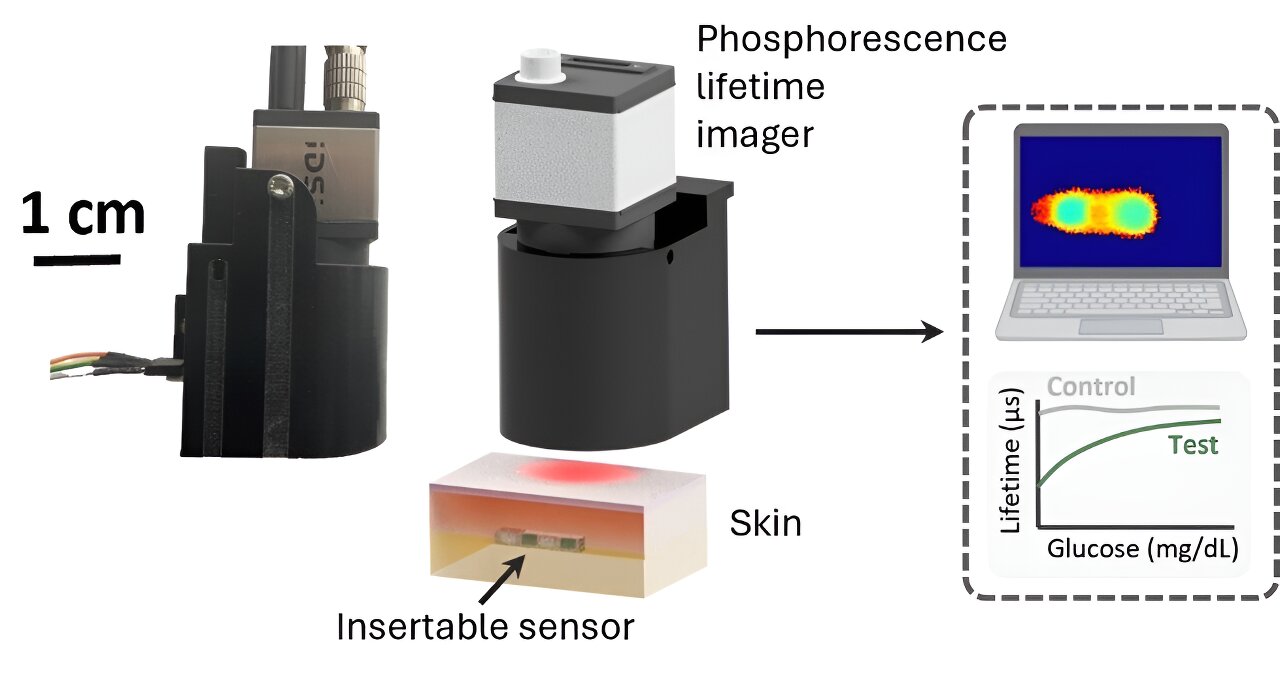Diabetic ketoacidosis is a common severe complication of diabetes, which develops when the body can’t produce enough insulin.
During DKA the body starts breaking down fat, causing a buildup of acids in the bloodstream. The symptoms often include thirst, weakness, nausea and confusion.
Concerningly, this condition accounts for more than 500,000 hospital days per year, often in the intensive care unit, with an estimated cost of $2.4 billion.
In a study, published in CHEST Critical Care, University of Michigan researchers show that using continuous glucose monitors can help measure glucose accurately during DKA and potentially prevent ICUs from being overwhelmed.
“Although DKA is a condition with low mortality, patients often end up in the ICU, primarily due to the need for frequent glucose checks. There is a mismatch between relative risk of death from DKA compared to the other conditions we see in the ICU,” said Nate Haas, M.D., clinical assistant professor of emergency medicine.
Management of DKA requires frequent blood glucose measurements via fingerstick to guide treatment, typically performed once per hour, which can be burdensome for nurses and cause patient discomfort.
Although DKA is a condition with low mortality, patients often end up in the ICU, primarily due to the need for frequent glucose checks. There is a mismatch between relative risk of death from DKA compared to the other conditions we see in the ICU.”
-Nate Haas, M.D.
In contrast, a continuous glucose monitor is a safe and cost-effective sensor that is temporarily placed on the skin of the patient’s abdomen or arm.
However, the benefit of using it during DKA was unknown.
“Prior to this study, there were concerns that continuous glucose monitors may not be as accurate during DKA because they rely on interstitial fluid, which surrounds your cells. Since patients with DKA are severely dehydrated, it was unclear whether the monitors would be as accurate,” Haas said.
The study, which was conducted from March to August 2023, focused on 20 patients. The team compared glucose readings taken simultaneously from continuous glucose monitors and standard, hourly fingerstick glucose checks.
Using 334 paired measurements, the study found that continuous glucose monitors remained accurate during DKA. Promisingly, they were able to more quickly identify drops in blood glucose levels and were clinically comparable to the glucose values obtained from hourly finger sticks.
“This is the first step in improving patient outcomes, patient experience, and reducing resource utilization for the common, costly condition of DKA. By using this tool, we can reduce the number of fingersticks needed, simplify management, and prevent the need for ICU admission for DKA in the future,” Haas said.
He is working to develop a clinical trial with collaborators from across the country to further assess the use of continuous glucose monitor-guided DKA management.
“This work required a large, multidisciplinary group from endocrinology, emergency medicine, nursing and biostatistics, and I’m hoping that our future work will help reduce ICU overcrowding and improve patient outcomes,” Haas said.

